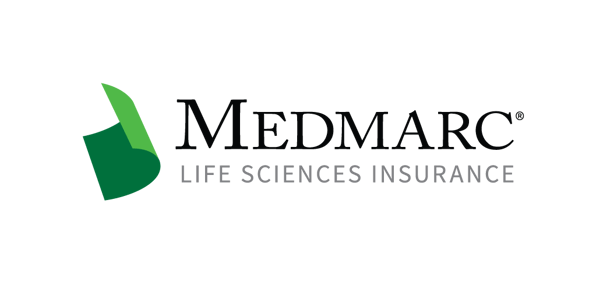FDA Device Notification Rule Withdrawn
The FDA has withdrawn a Jan. 15, 2021, rule by the Department of Health and Human Services that had would have exempted more than 80 medium-risk device types from premarket notification requirements under the Food, Drug and Cosmetic Act. The FDA cited several reasons for withdrawing the rule, including that there is no evidence that HHS officials had consulted with FDA staff prior to issuing the rule.
The Jan. 15 rule was described as a move to memorialize some of the regulatory flexibilities offered by the FDA in response to the COVID-19 pandemic, and immediately eliminated premarket notification requirements for seven products. The rule would have eliminated those requirements for one class I and 83 class II device types as well upon conclusion of the notice-and-comment process. This rule was one of a number of rules promulgated in the waning days of the Trump administration that were subject to a regulatory freeze announced Jan. 20 by the Biden administration.
One of the justifications for eliminating these regulatory requirements was that 35 of these devices did not appear in the FDA’s Manufacturer and User Facility Device Experience (MAUDE) database between Nov. 1, 2010, and Nov. 30, 2020. Among these were the digital pathology imaging viewing and management software device (product code QKQ), and computer-aided detection for lung CT images (product code OEB).
HHS cited what it saw as inconsistencies in the application of premarket notification requirements, such as an exemption for electronic stethoscopes only when used as a lung sound monitor. HHS cited several other inconsistencies as part of the rationale for the proposal, along with a stated interest in allowing the FDA to focus its efforts elsewhere, including on innovative technologies and products intended for use in connection with the COVID-19 pandemic.
The FDA’s withdrawal of the HHS notice states that there are several criteria for exempting these devices from premarket notification requirements, such as whether any changes to the device that could affect safety and effectiveness would be readily detected either by visual examination or by testing. Another criterion for exemption is that any change to the device would be unlikely to change the device’s risk classification.
Perhaps more conspicuous is the disclosure that HHS staff purportedly failed to consult with FDA staff prior to publication of the Jan. 15 rule. While the Food, Drug and Cosmetic Act identifies “the Secretary” as responsible for executing the Act, this should be done through the office of the FDA commissioner, the FDA said, adding that its involvement is critical to ensure that any such changes in regulatory status are appropriate.
The HHS order was not well received by at least some in industry as the docket makes clear. Two organizations voiced serious misgivings about the change, although one of them indicated that there may be some devices that should be granted an exemption. Another concern was that the public should have been consulted about the list of device types prior to publication of the proposal. In a separate notice, the FDA withdrew the portion of the HHS rule that immediately enacted the exemption for the seven items referenced by the Jan. 15 HHS notice, which includes surgeon’s gloves and patient examination gloves.
In withdrawing the HHS rule, the FDA pointed to several errors in the HHS rule, such as mismatches between product codes and the related regulation. The agency said also that relying primarily on data drawn from the MAUDE database is a narrower approach than the FDA typically invokes in determining whether to exempt a device type from premarket notification requirements.
For additional resources contact the Marketing department
Phone: 888-633-6272
Medmarc is a member of ProAssurance Group, a family of specialty liability insurance companies. The product material is for informational purposes only. In the event any of the information presented conflicts with the terms and conditions of any policy of insurance offered from ProAssurance, its subsidiaries, and its affiliates, the terms and conditions of the actual policy will apply.
Copyright © 2026 - Medmarc
